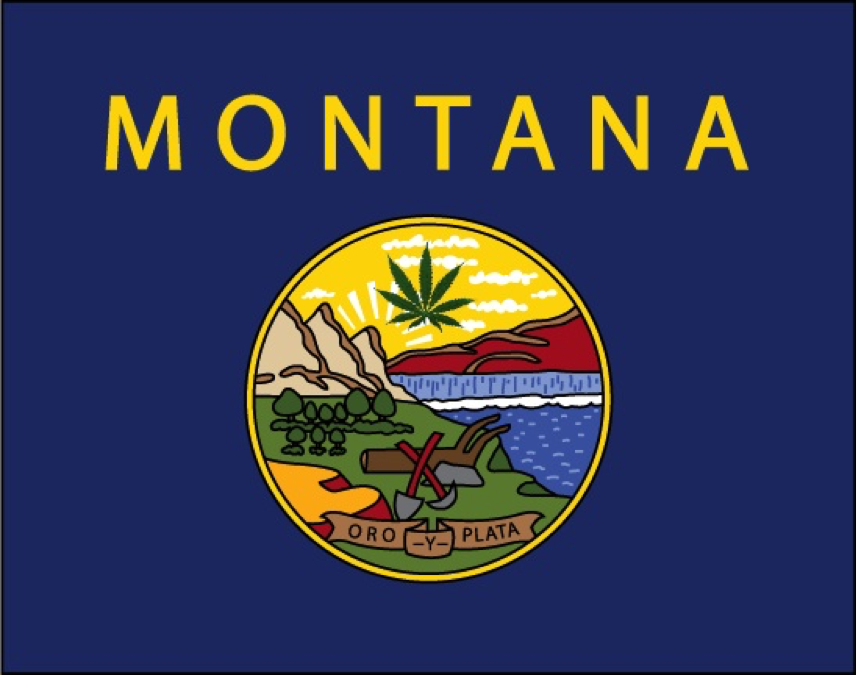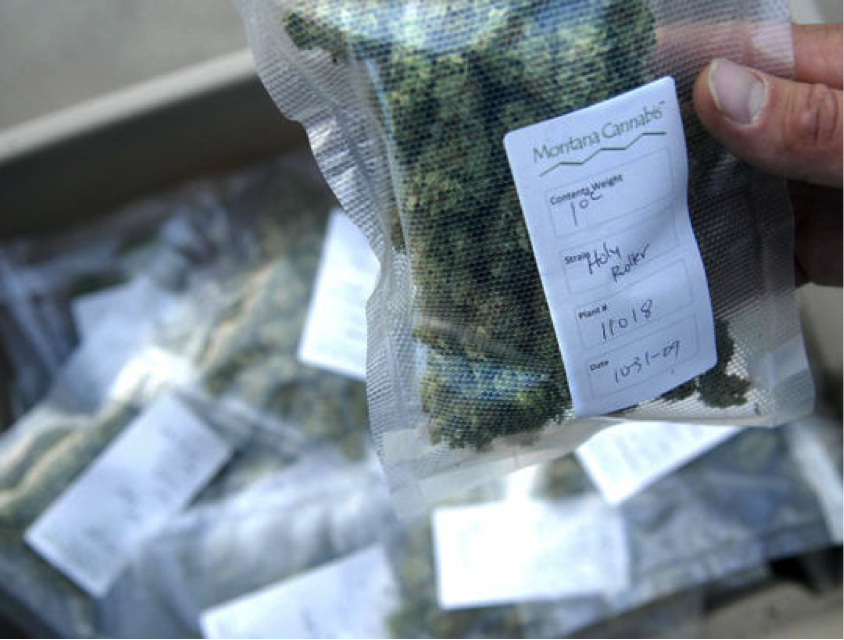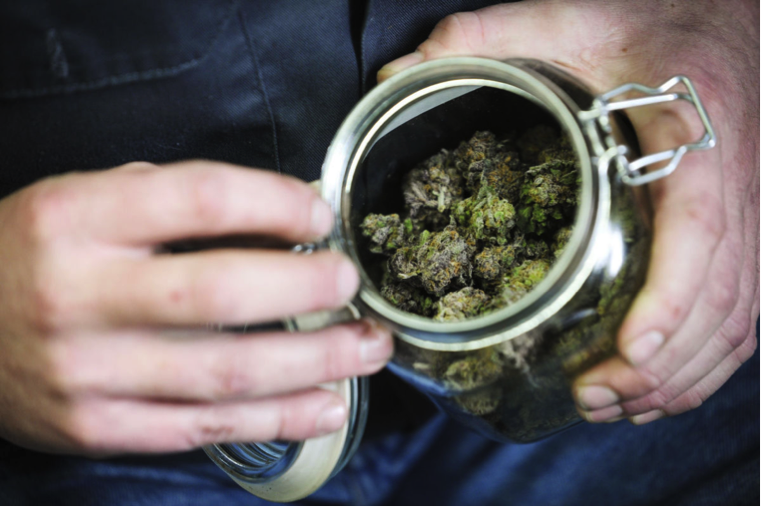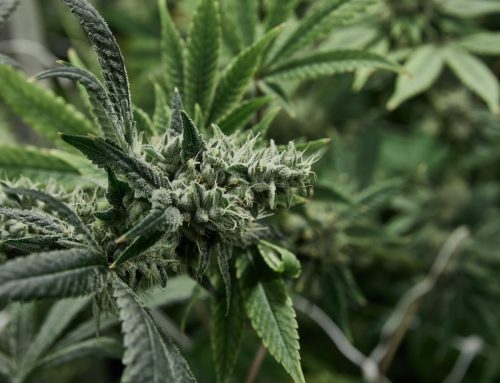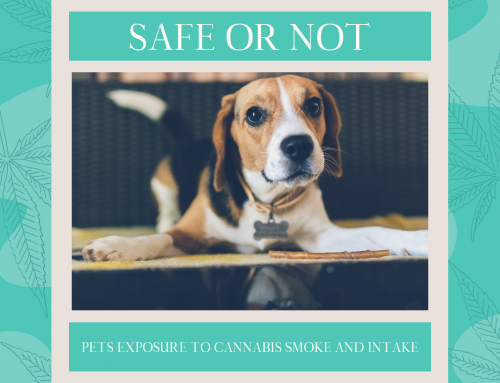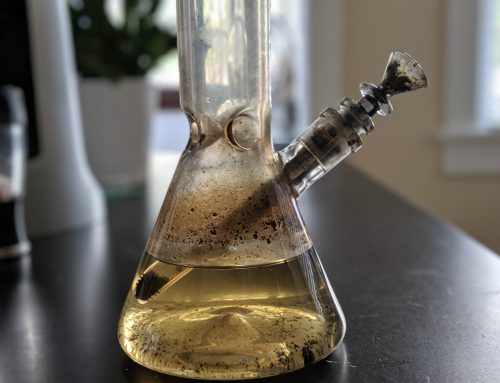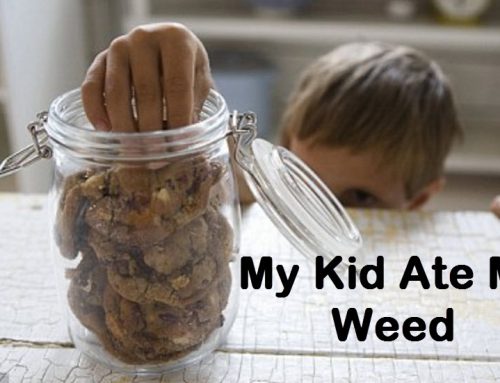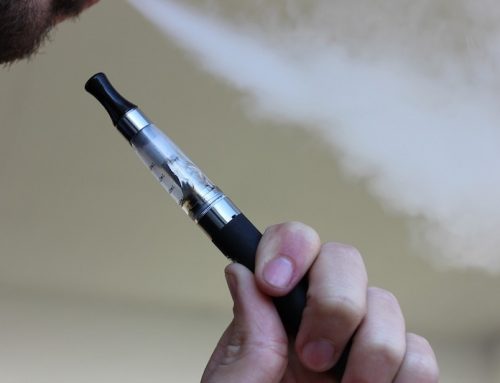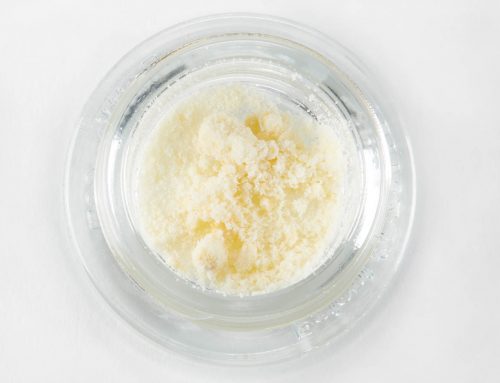Anyone planning a trip to the USA next year could be visiting a very different country than the one that exists today. As of January 1st 2017, a further nine North American states may have radically overhauled policies on how marijuana is controlled and distributed. Early November will see tens of millions head out to the ballot boxes, in order to make history one way or another. And while some are voting on medical marijuana regulation, others are looking to get the recreational stuff green-lighted.
As for the situation in Montana…well, sadly it’s only the medical stuff that’s up for the vote in November. Not that this is a bad thing – it’s just that recreational is slightly better for the masses. In our humble opinion, anyway. Campaigning has been intense to say the least and continues to gain momentum on both sides of the fence. But given the way a recent change in cannabis law has affected far too many patients across the state, the vote set to take place in November really could not be of greater importance for hundreds of thousands of Montana’s citizens.
-
Link- Where Do The Presidential Candidates Stand On Cannabis?
-
Link- California Cannabis Future Begins November
-
Link- Video Ad Highlights Lunacy Of Anti Cannabis Campaigns
-
Link- Eight Things To Expect If Your State Legalizes
A Change in the Air?
Changing attitudes toward cannabis use across the United States suggest that when Montana votes on widespread medicinal cannabis availability for the second time, it may go through successfully this time around. Despite the fact that medical marijuana is to a certain extent permitted in the state, heavy restrictions have made it unnecessarily difficult for some to access the products they need.
Known as I-182, the vote in Montana is a little different from those taking place elsewhere. Rather than seeking to legalize medical cannabis in general, it will be a case of looking to remove restrictions that limit every licensed grower to a maximum of three patients. The current restrictions make it difficult, often impossible for growers to keep up with demand, which in turn means that some patients inevitably lose out.
It was back in 2004 that the vote on medical cannabis resulted in its legalization by a huge margin. As such, it’s largely guaranteed that the push will once again be successful, when state residents hit the ballot boxes this coming November.
A Sticky Situation
However, there could also be an interesting yet wholly unfortunate eventuality come November, should two entirely contradictory measures be enacted. While I-182 seeks to open up availability of medical cannabis and massively expand the state’s industry, Initiative 176 seeks to repeal state cannabis laws, in order to comply with existing federal law. According to federal law, cannabis in all its forms remains illegal as a Schedule 1 Drug. As such, if both of these measure gain enough traction to be enacted, it could send the whole state into chaos with a wave of lawsuits and courtroom battles.
“We are not aware of any provision in state law that addresses what happens when two conflicting ballot measures are enacted by voters,” said John Barnes, a spokesman for the Montana Attorney General’s Office.
This would be entirely uncharted territory for Montana – not to mention the United States as a whole. It’s not the kind of eventuality that’s ever been faced before and is therefore a scenario that absolutely nobody will have a clue how to deal with. Still, polls to date appear to suggest that the bill to expand the state’s medical cannabis industry has gained far more support than the measure to re-criminalize cannabis use in general, so hopefully it’s an eventuality that won’t play out.
We live in hope…as do the people of Montana!
Harmful Restrictions
It was just a few weeks ago that a new measure was passed in Montana, restricting the number of patients to whom each license holder can supply medial cannabis to a paltry three. This means that over the past three weeks alone, the number or patients registered as in need of and entitled to use medical cannabis that have no way of accessing the weed they need increased 400% – a full 11,850 residents.
The Montana Marijuana Program has around 12,730 registered patients, of which an incredible 93% are officially classified as ‘patients without a provider’. Things have spiralled to near-disastrous levels since the new law was imposed on August 31 – a law that was never put to a public vote.
If you ask those working for the state, they’ll tell you it’s not nearly as bad as it looks on the surface. However, if you actually take the time to speak to those affected, it quickly becomes clear how many lives have been hit hard by the senseless restrictions. Some have gone back to using harmful and expensive drugs, while others are simply suffering in silence and praying the vote goes the right way in November.
One of the arguments touted by those who insist it’s not as bad as it seems centres on the fact that those who are officially registered as having no provider are permitted to grow small amounts of cannabis at home for personal use. Which is all well and good, apart from the fact that for many of those affected, it’s a case of easier said than done. Quite a lot of those listed as without a provider simply cannot be expected to procure the equipment, pick up the seeds and build the necessary knowledge to grow quality cannabis at home. And then there’s the issue of getting the landlord’s permission, which in many cases is refused outright.
“There is a perception that growing at home is like growing house plants, but it is actually very involved, and the cost savings compared with purchasing can be offset by things like security, demanding schedule (daily and weekly duties and no more vacations), and the possible presence of young family members,” said senior legislative counsel of the Marijuana Policy Project, Chris Lindsey.
“Growing marijuana is no small step for anyone.”
He also quite rightly points out the fact that when and where those in dire need of medical cannabis are barred access by ridiculous legislation, they will simply turn to the black market as an open and accessible alternative.
“Unfortunately the underground market is a much easier option for many patients. And those without any resources to do it at home, or who choose not to break the law, will just have to stop for a while,” he said.
Weeks of Suffering
Another argument against the suggestion that those excluded from legal cannabis from registered growers produce their own at home is the amount of time and money required to see any useful results. Along with initial expenses of around $1,000 or so to get up and running, it would be at least three to four months before the cannabis itself would be of use to the grower. With several weeks to go before the November vote, thousands have been left in limbo with literally no way of legally accessing something they are legally entitled to.
“There’s no guidance from the state on what patients should do during this time,” Chris Lindsey added.
It can only be hoped that the reversal bill goes ahead as expected in November – never has a victory for common sense been more important.
Further Delays
Unfortunately, even if the vote turns out to be the right one and the medical cannabis amendment is overturned, it might be several months before it is actually put into effect. Worse still, the delay would be entirely down to nothing more than an error found in the initiative.
According to supporters of the reversal, the error is one of a simple clerical nature and does not have any significant impact whatsoever on the bill or its purpose. Kate Cholewa, a member of the initiative’s steering committee, spoke of a small amount of additional text making its way into the bill, without a date being amended at the same time. As far as she’s concerned, it’s a tiny oversight that can easily be addressed if and when the bill goes through.
Of course, others have taken the exact opposite view of the error and insist it is more serious than suggested.
“That is a substantive change, and if there’s a substantive change, it’s up to the Legislature to make the decision,” said Montana Legislative Services Division’s chief legal counsel, Todd Everts.
What this basically boils down to is a scenario where even if passed by an overwhelming majority, the reversal might not actually be implemented until January at the very earliest – perhaps even later. Meaning that for those who are already struggling to get by, it could be a case another three or four months not knowing what on Earth they’re supposed to do…other than suffer.
Even the Montana Department of Public Health and Human Services has made it abundantly clear that a big mistake has been made, having released the following statement:
“DPHHS is concerned for the many thousands of patients with conditions like cancer, multiple sclerosis and epilepsy who have been prescribed medical marijuana by a licensed physician and who could find themselves suddenly without an effective treatment as a result of the Supreme Court ruling.”

